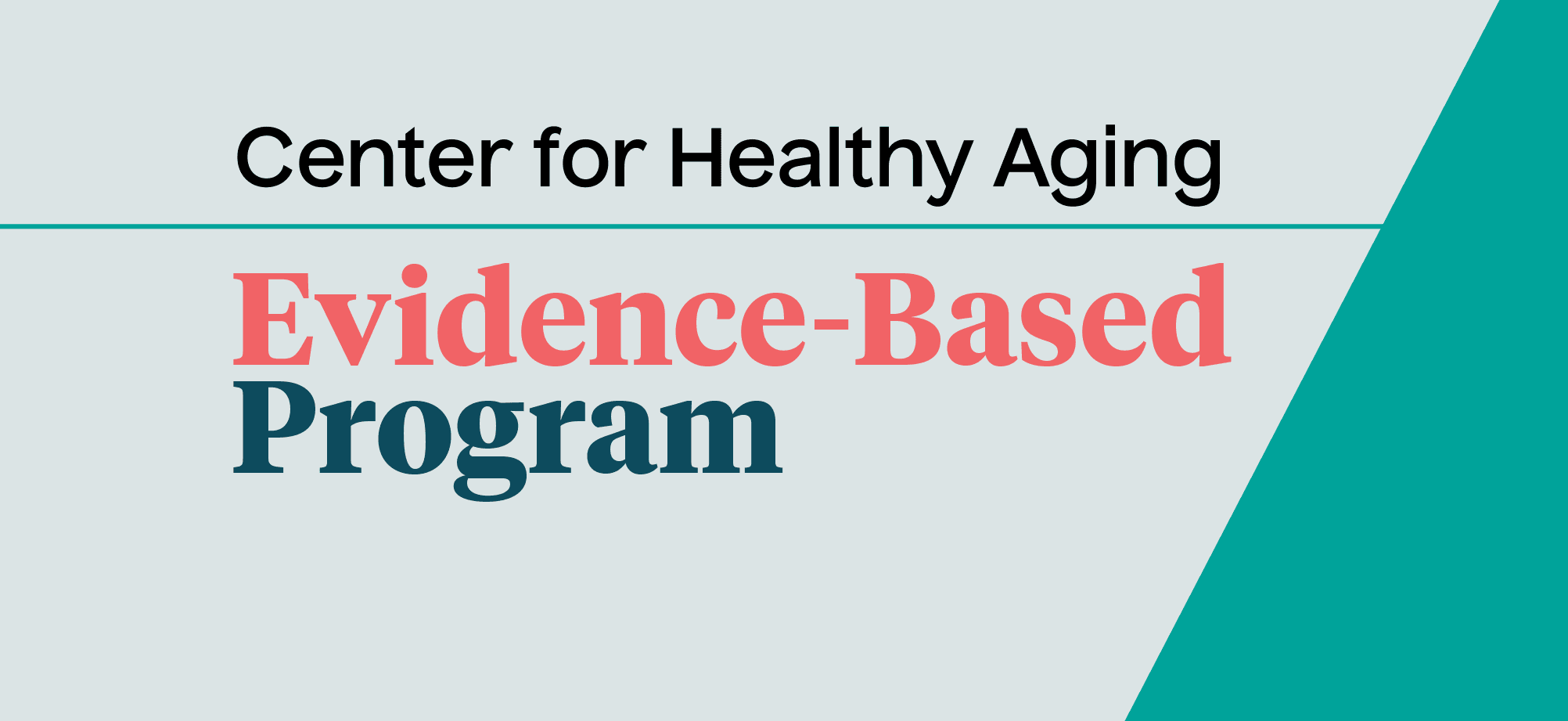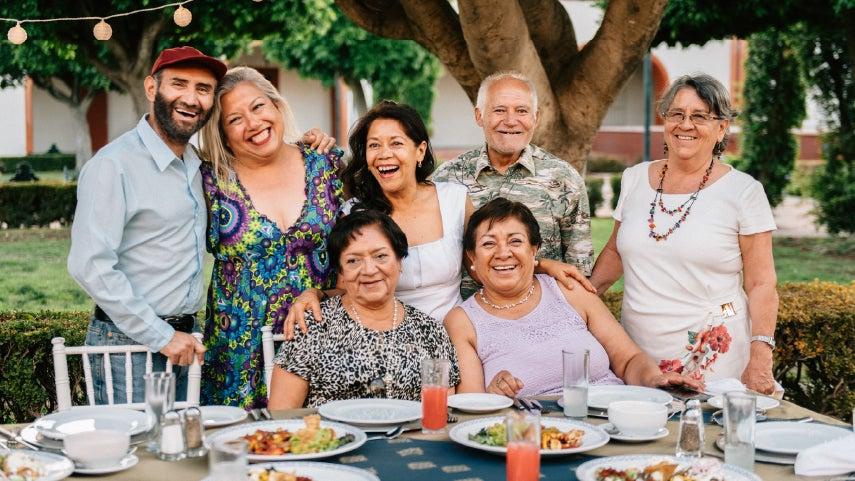Program Staff Perspectives on Health Promotion Programs in Indigenous Communities
5 min read

In 1978, the Older Americans Act was amended to include Title VI, establishing services for Native Americans with the provision of nutrition and supportive services. Tribal organizations that are eligible receive grants to deliver home and community-based supportive services to their elders, including nutrition services and support for family and informal caregivers.
This 29-question online survey, conducted by the National Resource Center on Native American Aging, surveys Title Vi program staff on factors related to implementing evidence-based programs. Gain a high-level understanding of the greatest needs, familiar programs, funding sources, partnerships, and barriers, among others.
| Additional Resources to Connect American Indian, Alaska Native, and Native Hawaiian Communities to Culturally Appropriate Health and Wellness Information | |
|---|---|
| Evidence-Based Health Promotion Programs Among American Indian, Alaska Native, and Native Hawaiian Communities | Report (Link to PDF) |
| The Voices of American Indian, Alaska Native, and Native Hawaiian Elders: Recommendations for Evidence-Based Health Promotion Programs | Report (Link to PDF) |
| Successful Strategies & Lessons Learned from Implementing Evidence-Based Programs in American Indian, Alaska Native, and Native Hawaiian Communities | Report (Link to PDF) |




